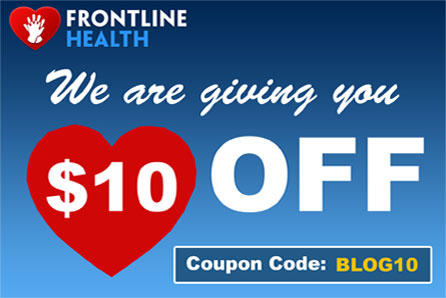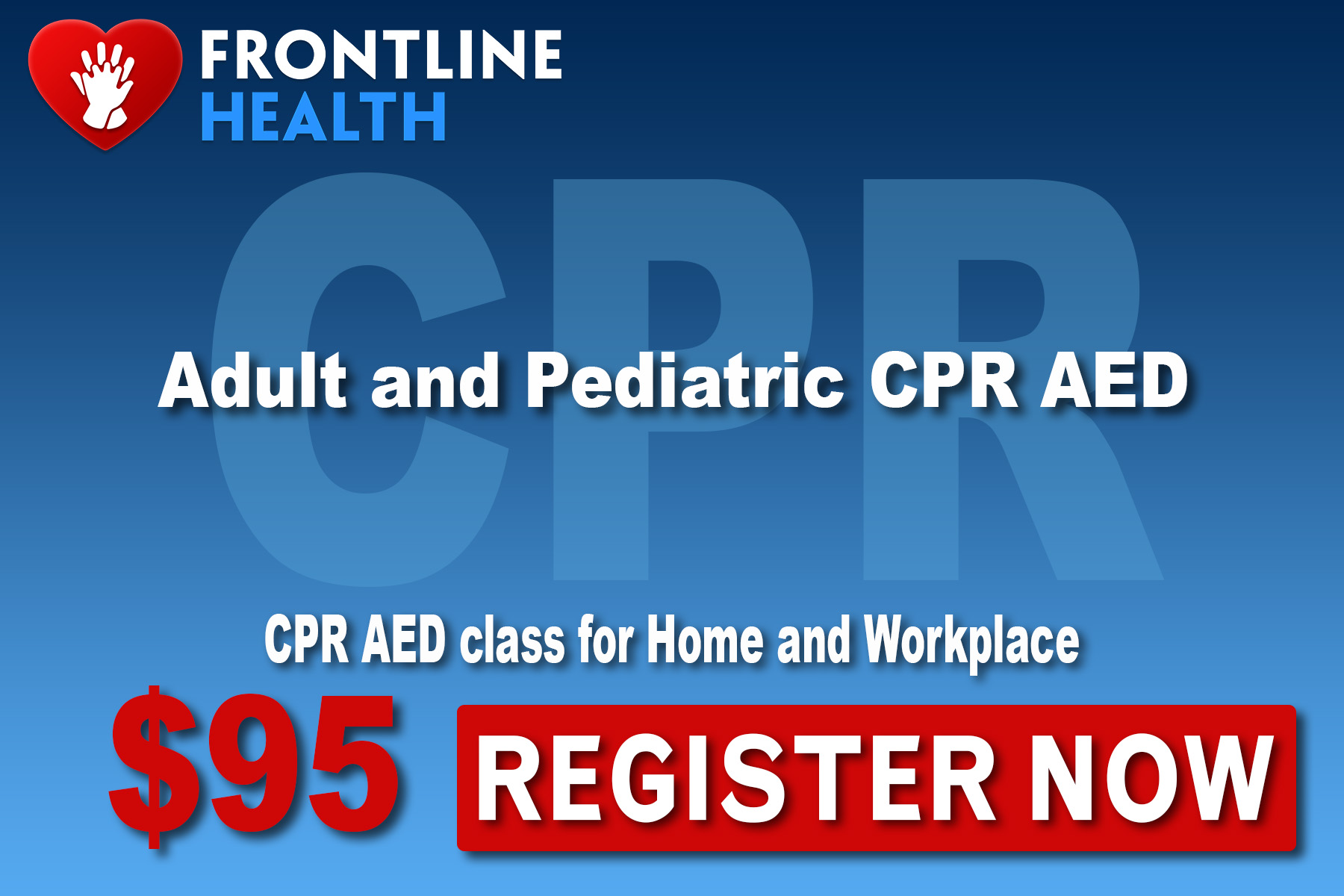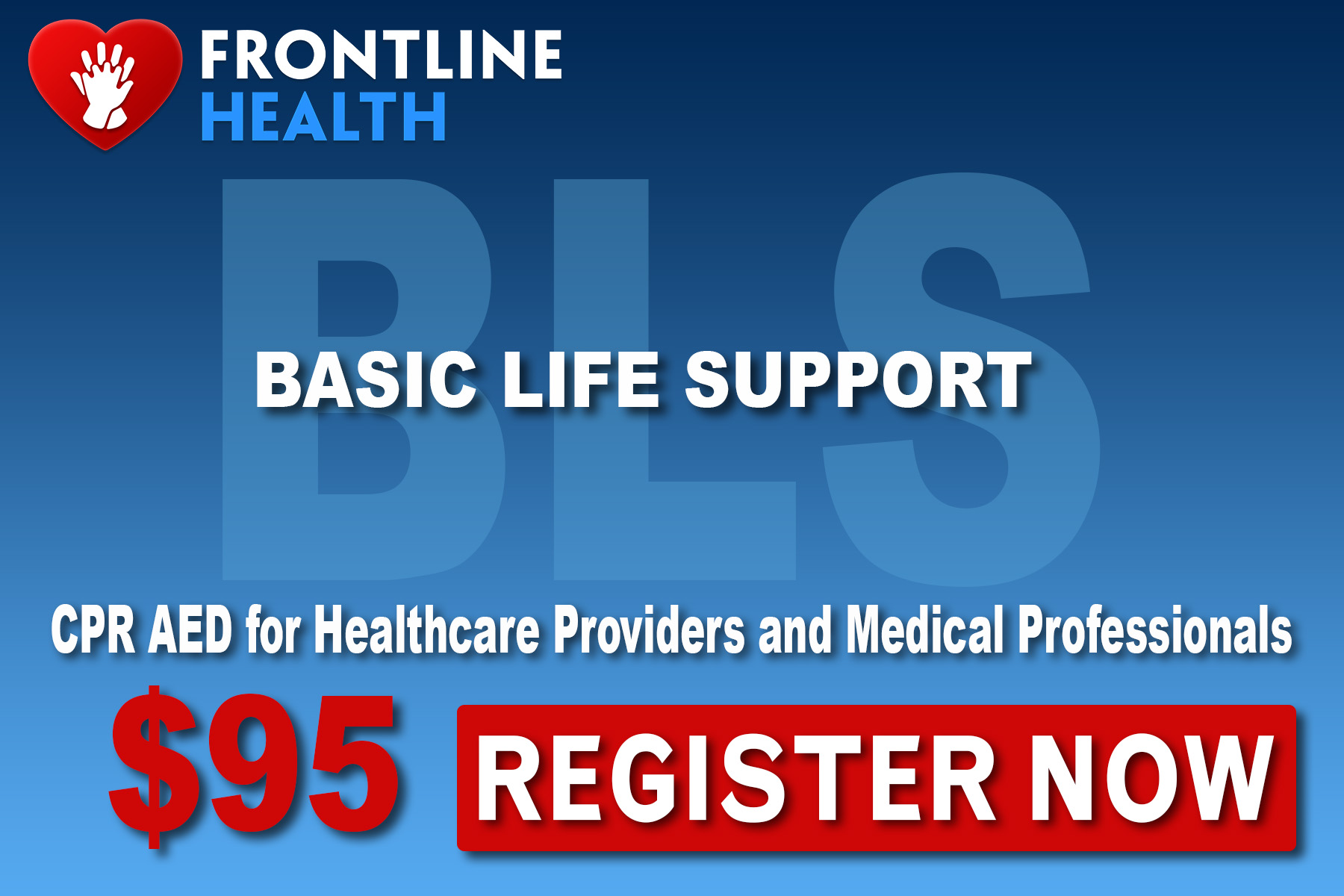The Most Common First-Aid Situations
- May 11, 2021
While most days pass without a significant health problem, every person will eventually experience some form of injury that requires immediate first aid attention. Here are the most common first-aid situations.
Cuts and Scrapes
From children to adults, everyone gets the occasional cut or scrape. Whether you fall on the ground or slice your finger while cutting vegetables for dinner, these are pretty common injuries in life. Every cut, no matter how small, exposes your body to the possibility of infection. This is why you must wash a wound thoroughly with soap and water before bandaging. If you experience any deep cuts or lacerations that may require stitches or antibiotics, follow up with a healthcare provider for further medical care. And if bleeding doesn’t stop with pressure in less than 10 minutes, call 9-1-1 immediately.
Burns
Burns can be quite painful. The first thing you’ll want to do for a burn is to stop the burning process by placing the area under cool running water for at least 10 minutes or until the pain goes away, whichever is longer. After the burn cools, cover it with a dry, sterile dressing. Depending on the burn’s severity, you should seek medical attention immediately. Burns with blisters require a visit to a health care provider right away, and burns with charred skin require a call to 9-1-1.
Sprains and Strains
A sprain occurs when you overextend or tear a ligament, while a strain is a similar injury to a tendon or muscle. Both can cause minor to significant pain and swelling. The most effective first-aid care for these injuries is to follow the R.I.C.E. plan. You should use rest, immobilize, cold, and elevation to relieve the pain and swelling. Try not to move the injured body part, and apply ice or a cold pack for about 20 minutes to reduce the pain and swelling. If the pain persists, follow up with a health care provider.
Knowing the most common first-aid situations helps you prepare for the most likely eventualities in the future. Whether you or someone around you is hurt, you can step in and act. If you need further training on health interventions, check out our first-aid CPR AED certification classes in NYC. Our team at Frontline Health can help you find a suitable course for your professional or personal needs.




